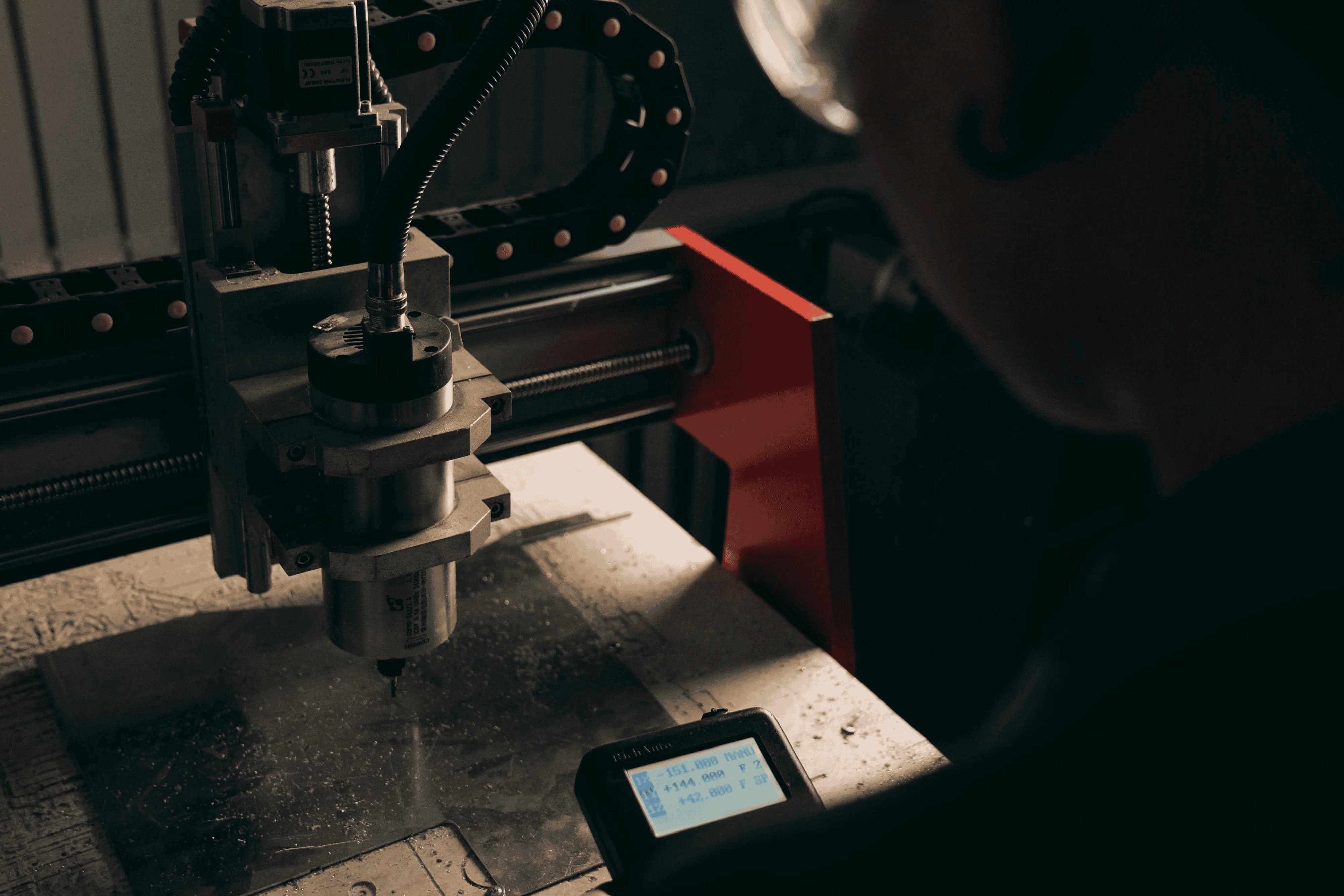Custom Fabrication

Welding certification is a performance test that shows you can deposit sound welds under a defined code and position. A test supervisor provides a procedure, you prep and weld a plate or pipe, and the results are inspected by visual checks, bend tests, or radiography depending on the standard. Common codes include AWS D1.1 for structural steel, ASME Section IX for pressure piping and vessels, API 1104 for pipelines, and AWS D17.1 for aerospace. Passing one test qualifies you only for the exact ranges listed on the paperwork, such as process, position, and thickness.
Certification is different from a degree. A degree or diploma is education with coursework, shop time, and general studies. Certification is proof you can meet a specification today. Employers often want both practical skill and the right code stamp for their work.
Welding certification test plate setup in a professional fabrication shop
AWS D1.1 typically uses groove plates with backing in flat, horizontal, vertical, or overhead positions. ASME Section IX often uses open root pipe tests that are evaluated with bend coupons or radiography. API 1104 focuses on pipeline joints and repair scenarios, while D17.1 covers thin gauge and exotic alloys for aircraft components.
Welding certifications require continuity. Most codes need evidence that you welded with that process within the previous six months to stay current. If continuity lapses, you may need to retest. Keep organized records and ask your inspector about their continuity documentation requirements.
If your question is how long to get welding certification, the answer depends on where you are starting. An experienced hand switching codes may prep for a week then test. A new welder often spends weeks to months building consistency before attempting a code plate or pipe. Focused bootcamps run about eight to sixteen weeks for one or two processes. Certificate programs at trade schools typically span six to nine months. Diplomas may reach nine to twelve months with added process coverage and safety training.
If you are asking how long does it take to get a welding degree, most associate programs take eighteen to twenty four months of full time study. That schedule includes blueprint reading, metallurgy basics, inspection principles, and math, along with hours under the hood. Bachelor paths in welding engineering focus more on design and procedures and usually take four years.
Program length is shaped by process count, lab hours, and pacing. A single process, single position track finishes faster than a multi process route that includes pipe, aluminum, and stainless. Day schedules compress time, while evening tracks extend the calendar. Ask schools how many arc hours you will log each week and what completion looks like for each credential.
Gas metal arc welding for mild steel production work can be job ready in four to twelve weeks with daily practice. Shielded metal arc welding adds open root skills that often need more repetition to master. Gas tungsten arc welding is precise and slower, especially on stainless and aluminum, so many students budget extra months to become confident.
Expect exam and lab fees for certification in the two hundred to five hundred dollar range, plus material costs for coupons and practice. Training programs vary widely. Community college certificates often range from five to fifteen thousand dollars, and associate degrees can span ten to twenty five thousand depending on location and equipment access. Apprenticeship routes spread costs over paid work while you learn.
Look for programs with strong instructor ratios, modern machines, and clear pathways to specific code tests. Ask whether you can test to AWS D1.1 or ASME Section IX on site, how many practice plates are included, and how retests work. The best fit is the one that aligns with your target job, whether that is structural steel, sanitary tubing, pressure pipe, or aerospace components. Safety instruction, print reading, fit up skills, and quality control habits are critical for long term growth.
When the question is how long does it take to be a certified welder, the practical answer is as long as you need to consistently meet the standard. A coach can speed the process, but daily practice and clean technique make the difference. For many entry level candidates, three to six months of disciplined training leads to a first certification. From there, stack additional processes and positions as your career advances.
Once you are certified, the fastest way to grow is to tackle real work with accountable quality. Our team turns prints into parts and complete assemblies every day, which is why many tradespeople and companies choose to collaborate with us on precision work. Explore our custom fabrication to see how rigorous fit up, inspection, and finish come together on production jobs. If you want detail on process choices, materials, and tooling, browse our fabrication services. To understand how we approach schedules, communication, and quality, visit Why choose OZK Customs.
Whether you are local to Fayetteville, Arkansas or traveling in to pick up a project, we can help you apply your training to real deliverables. Bring us a concept, a set of prints, or a problem on the shop floor, and we will recommend precise steps, from material selection to weld procedure, that match your deadline and budget.
Have skills to prove or a project to build? Our team in Fayetteville, Arkansas turns certified talent into real world parts and complete builds. Tell us about your goals and timeline, and we will map a precise scope, budget, and schedule. Submit the form to start your custom fabrication or vehicle build with OZK Customs.
ADDRESS:
6159 E Huntsville Rd, Fayetteville, AR 72701
PHONE:
(479) 326-9200
EMAIL:
info@ozkvans.com